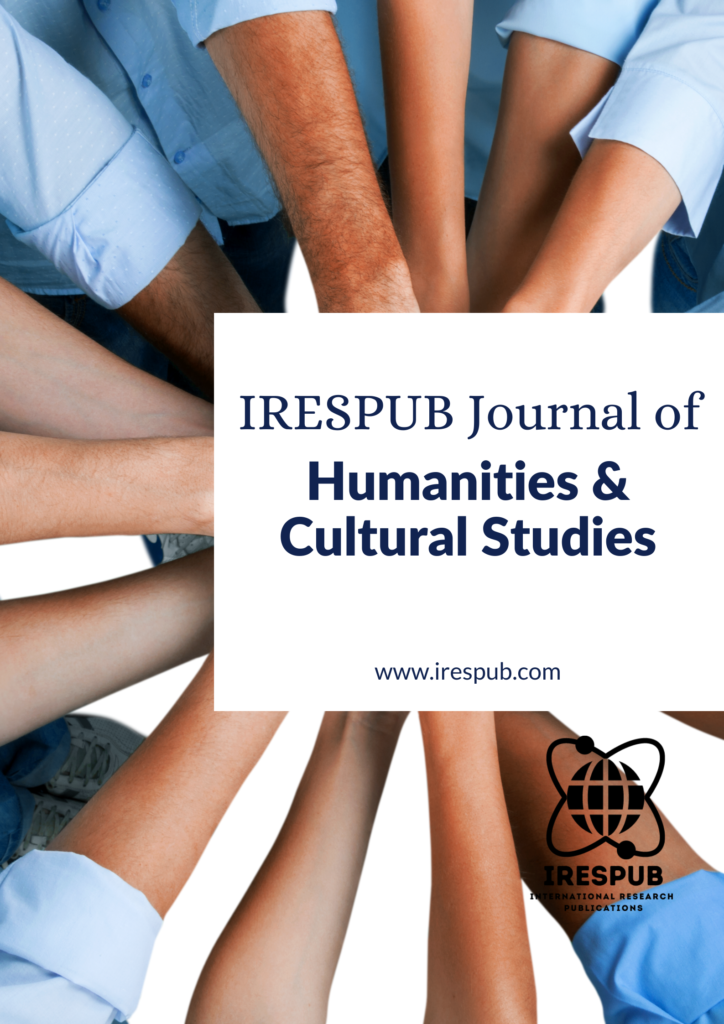
Year Launched: 2021
Journal Menu
- Scope & Research Areas
- Instructions for Authors
- Article Processing Charge
Journal List
- Natural & Applied Sciences
- Life Sciences
- Business Management
- Education & Literature
- Humanities & Cultural Studies
- Medical & Dental Sciences
- Engineering & Computer Sciences
- Agriculture, Food & Nutrition
- Environmental & Material Sciences
- Wellness & Lifestyle Management
- Arts & Ideas
- Law, Policy & Religion
Impact of fiscal policy instruments on aggregate consumption expenditure in Nigeria
Volume 2, Issue 1, May-Jun 2022 | Page 1-10 | PDF (275K) | Pub. Date: Jun 5, 2022
Author(s)
Leelee N. Deekor; Department of Economics, Ignatius Ajuru University of Education, Port Harcourt, Nigeria
Abstract
This study investigated the impact of fiscal policy on aggregate consumption expenditure in Nigeria. Using the standard error correction mechanism (ECM), the study explored time-series data from the Central Bank of Nigeria between 1980 and 2020. The St. Louis modeling approach was used to investigate the relative effectiveness of fiscal policy instruments in altering aggregate consumption expenditure in Nigeria. Government expenditure, tax revenue, and disposable income were perceived as fiscal policy tools that influence Nigeria’s aggregate consumption expenditure. The results of the cointegration test for all specifications confirmed the prevalence of long run relationships among the variables of the estimates. An increase in government expenditure propels a rise in aggregate consumption, an increase in disposable also increases aggregate consumption in Nigeria. However, increase in tax plummets consumption. We recommend that the monetary experts should fashion out an appropriate fiscal policy that will enhance rather than inhibit consumption in Nigeria.
Keywords
fiscal policy; consumption expenditure; aggregate consumption
Cite this paper
Deekor, L. N. (2022), Impact of fiscal policy instruments on aggregate consumption expenditure in Nigeria, IRESPUB Journal of Humanities & Cultural Studies. Volume 2, Issue 1, May-Jun 2022, Page 1-10
References
[1] Adedeji, A.O. and Adegboye, A.A. (2013). The determinants of private consumption spending in Nigeria. International Journal of Business and Academic Research, 1(2), pp. 103-116.
[2] Ademola, B. (2001). Policy Issues in Nigeria’s Macroeconomic Management; Man and
[3] Anderson, L. and Jordan, J. (1968), Monetary and fiscal actions: A test of their relative importance in economic stabilization. Federal Reserve Bank of St. Louis Review,
[4] Apere, T. O. (2014). Private consumption expenditure function in Nigeria: Evidence from the Keynes’ absolute income hypothesis. International Journal of Research in Social Sciences, 4, (3): pp. 53-58.
[5] Carlson, K.M. (1978). Does the St. Louis equation now believe in fiscal policy? Federal Reserve Bank of St. Louis Review, 60, pp. 13-19.
[6] Central Bank of Nigeria (2005). Annual Report, Abuja.
[7] Central Bank of Nigeria (2010). Annual statement of Account, Abuja.
[8] Dada, M.A. (2013). Composition Effects of government expenditure on private consumption and output growth in Nigeria: a single-equation error correction modelling. Romanian Journal of Fiscal Policy, 2(7), pp. 18-34.
[9] Gbosi, A.N (2015). Contemporary Macroeconomic Problems and Stabilization Policies. Benin, Spirit Truth, Benin city.
[10] Mankiw, G. (2005). Macroeconomics: Norton, New York.
[11] Nwabueze J. C. (2009). Causal relationship between gross domestic product and personal consumption expenditure of Nigeria. African Journal of Mathematics and Computer Science Research, 2(8), pp. 179-183.
[12] Ofwona, A. C. (2013). An estimation of the consumption function for Kenya using Keynes’ absolute income hypothesis for the period 1992- 2011. Journal of Emerging Trends in Economics and Management Sciences (JETEMS), 4(1), pp. 103-105.
[13] Sakib-Bin-Amin (2011). Causal relationship between consumption expenditure and economic growth in Bangladesh. World Journal of Social Sciences, 1(2), pp. 158-169
[14] Tapsin, G. and Hepsag, A. (2014). An analysis of household consumption expenditures in EA-18. European Scientific Journal, 10(16), pp. 1-12.
[15] Thomas, A. (2013) Determinants of consumption expenditure in Ekiti State. Journal of Culture, Society and Development, 2, pp. 1-6

